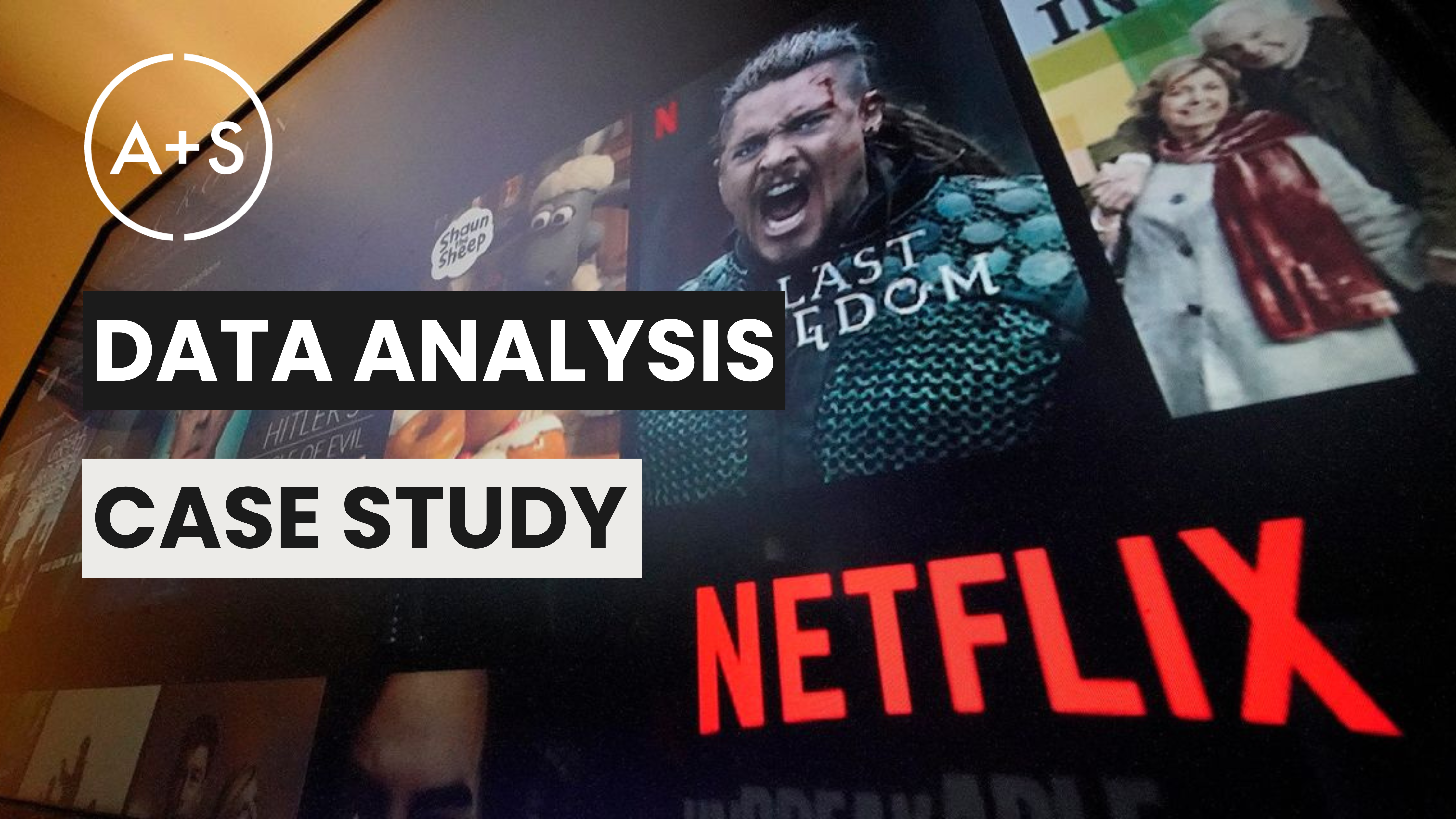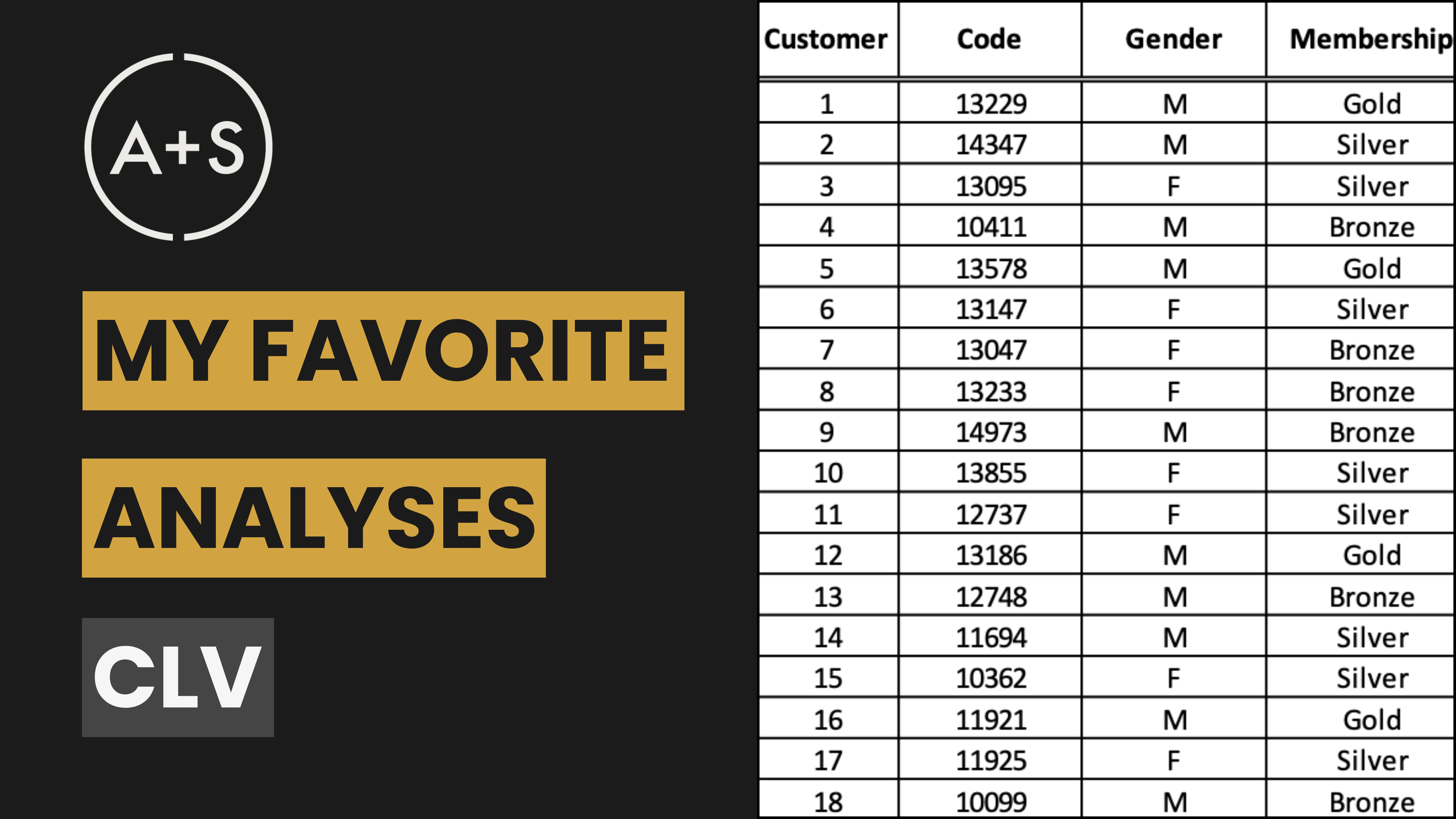This fictional case about the world’s largest subscription streaming service, Netflix, teaches students how to use publicly available data and tools to explore data for interesting patterns that help answer important, key questions.
Summary
After years of providing key insights to Netflix, Zach Joel and his team of data analysts have the opportunity to give the streaming service new content recommendations. The evening before Zach and his team begin digging into this challenge, he hopes to get a head start on the analysis by mining publicly available data. What insights could Zach and his team explore?
Key characters
Netflix: Subscription-based streaming service that allows members to watch TV shows and movies commercial-free on an internet-connected device.
Zach Joel: Manager and lead analyst for a data analytics team that consults with Netflix on various business operations and marketing challenges the global streaming service faces.
Netflix head of content marketing: Executive charged with creating a strategy and vision for Netflix content, while developing and implementing strategies for delivering Netflix titles to subscribers.
Google Trends: Website that analyzes the popularity of top search queries in Google Search across various regions and languages.
IMDb Datasets: Subsets of IMDb data available for access to customers for personal and non-commercial use with information on millions of titles.
Facebook Audience Insights: Tool designed to help marketers learn more about their target audiences, including information about geography, demographics, purchase behavior, and more through anonymous and aggregated Facebook data.
What’s the next big thing for Netflix?
The solution was clear for Zach Joel, even if the answer wasn’t.
Zach had spent the last five years leading a team of data analysts who worked with Netflix. They provided the over-the-top content platform and production company with valuable insights that contributed to Netflix’s success. Their work helped Netflix evaluate marketing campaigns, make budgeting decisions, and optimize the creative messages in its advertising. Netflix’s data-driven culture and sophisticated approach to digital marketing made the platform a collaborative and trusting partner that was always open to recommendations from Zach and his team.
Zach consistently recommended robust data analysis as the solution to Netflix’s challenges. Netflix maintained a tremendous amount of consumer data. In addition, Netflix tapped data from its marketing partners (including Facebook, Google, and Twitter), data vendors, and open-source data cooperatives. Zach and his team mined this data regularly to answer Netflix’s biggest questions.
As the world’s largest subscription streaming service with nearly 200 million paid subscribers worldwide, Netflix understood that the only way it would stay on top of its highly competitive market was to align the films it produced and distributed to consumer interests. It wasn’t a surprise when Netflix’s head of content marketing asked if Zach and his team could pull together some thoughts on consumer interest trends that would present opportunities for Netflix. The ask didn’t come through a formal request, but rather during a conversation Zach and the head of content marketing had while sharing an elevator ride as the two left the Netflix office at the end of the day.
“What’s the next big thing, Zach?” the executive wondered.
Zach had already spent significant time thinking about this problem, so while he didn’t immediately know the answer, it wasn’t difficult for him to offer an approach that would yield ideas.
Zach knew that gaining an understanding of global trends in consumer interest was an important first step. Providing Netflix with actionable insights, however, would require answers to a few other important questions. Specifically, after identifying an interesting trend, Netflix would need to know: (1) What titles (movies or series) had been produced in the past that were related to that trend? (2) Why were some productions successful while others weren’t? and (3) Where (in terms of regions or countries) would a new title associated with that topic draw the most interest from consumers?
As he sat at home that evening, Zach hoped to get a head start on the analysis by taking a spin through publicly available data sources. Zach had already planned his next several moves before his laptop whirled to life.
Your assignment
Put yourself in Zach’s shoes. You’re hoping to glean high-level insights into the key questions you’ve agreed to explore for Netflix’s head of content marketing. Consider online self-service tools from Netflix’s digital platform partners – such as Google and Facebook – and open-source datasets from IMDb.
Conduct an analysis of IMDb’s data files available for download to develop initial insights around questions related to historical titles and elements – cast, directors, genres, etc. – that appear to be correlated to success or failure of a title. Use tools like your preferred spreadsheet, R, and/or Python to mine the data. Consider using Facebook Audience Insights to validate the demographic details and geographic locations of target consumers. Next, use Google Trends to identify global and regional consumer trends and interests related to your initial insights.
Your objective is to find interesting patterns that offer insights into your key questions. The output from this exercise should be a collection of exploratory, data-driven charts and tables that identify areas for further exploration and refinement as your data story takes shape.



